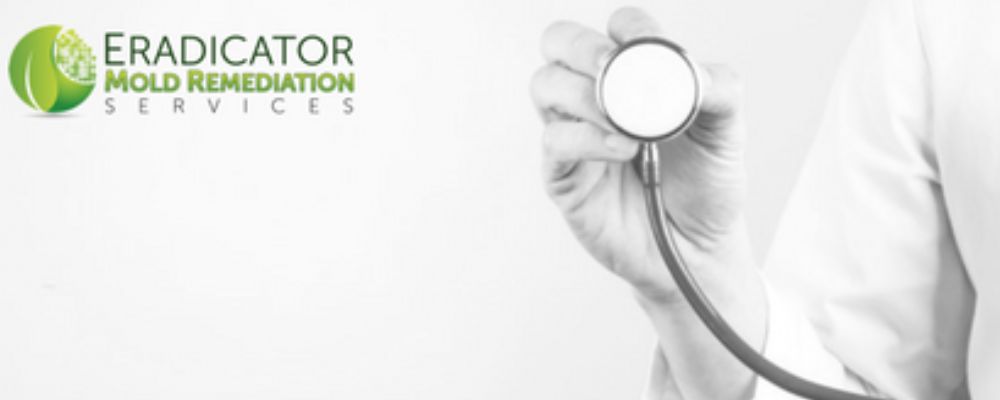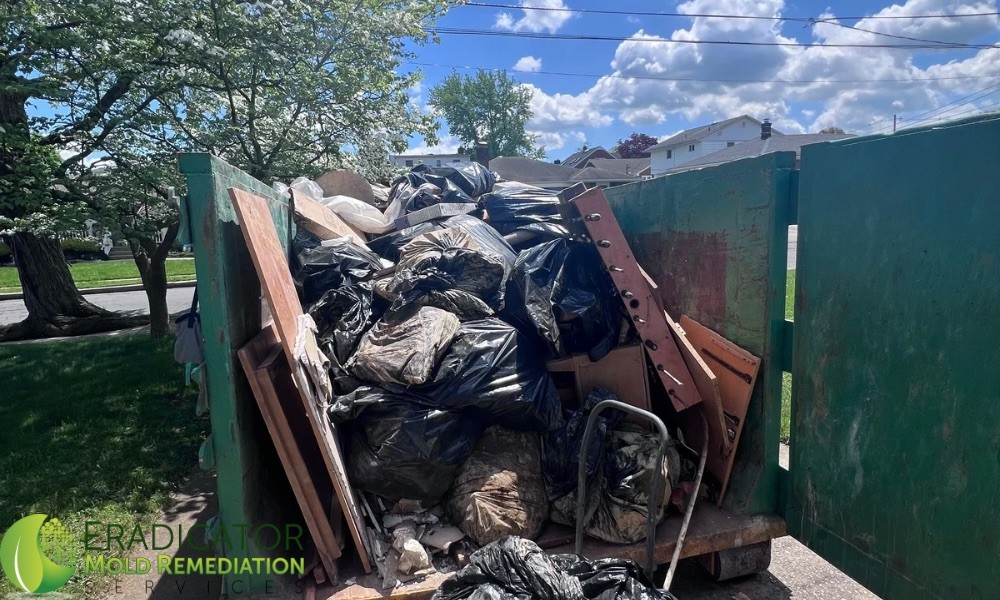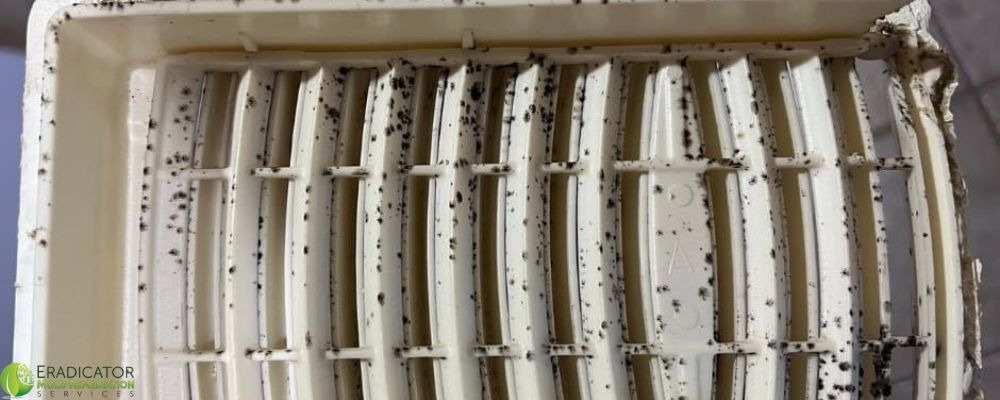An issue that may create a perfect scenario for mold activity to occur is hoarding.…

Visiting a Doctor for Mold-Related Concerns
Our children are our most precious commodities. They help carry our blood line, and in that way they are our future. When it comes to protecting the future, we should do everything in our power to keep our children out of danger. But one danger in particular—mold—can be subtle. With varying strains that have different effects on a developing child’s immune system, you can never be too cautious. Mold can grow in plain sight, hiding behind your walls and other barriers. Therefore, it is critical to not only know what to look for in your child when they may be experiencing a mold reaction but to also know what to expect when visiting the doctor about a mold-related health concern.

According to the website parents.com, up to one-third of children are allergic to mold. In addition, the website mentions that if one parent has a mold allergy, the child is 30 to 40 percent more likely to have it as well. Furthermore, if both parents have a mold allergy, the chance of the child inheriting the allergy can go up to between 40 and 50 percent. If this is the case, getting the child tested for mold by an allergist is the first step you should take.
An allergist will administer a series of pricks with different diluted allergens, including mold, on the child’s forearm. After a short time, usually 15 minutes, the spots pricked that result in a bump means that there is an allergy to that allergen. If the place where the diluted mold allergen was introduced returns a bump, the doctor will discuss treatment options with you. It is important to note that there are different levels of skin tests, and there is even a blood test that may be administered. The allergist will clearly explain what medications are used to control any allergic reaction in advance of the test as well as what to expect before it starts. If a problem does arise during the test, the doctor has plenty of options to control any negative reactions to the allergens.
If, as a parent, you do not have a mold allergy but you suspect your child does, you will want to look for certain markers. Whether you see these markers or not, visiting your doctor is something that should still be done. While some symptoms of mold allergies are similar to other allergic reactions, there are physical markers to look out for and clarifying questions that can help you rule out any condition. For example, your child may wheeze when breathing, have a runny or itchy nose, itchy eyes, an itchy throat, or even dry, scaly skin. These are symptoms of an allergic reaction to mold, but they can also be symptoms of other allergies. Mold related or not, they should be looked into if they persist. Moreover, mold symptoms vary from person to person, and they can occur all year round. If your child has asthma, then mold symptoms can cause even more serious issues. For example, your child may experience coughing, wheezing, tightness of the chest, and a shortness of breath. Because mold spores can be invisible to the human eye, medical attention should always be sought immediately.
In addition to physical symptoms of a mold reaction, there are other ways to identify whether mold is at play. For example, look for mold around your home, or have a mold remediation service do this for you. In addition, consider places your child may play. Public locations like schools, libraries, or a friend’s houses could have mold. If your child is getting sick after being in certain locations, it is within your right to ask questions about mold conditions in those places. These questions, in combination with physical markers, will give you a more thorough idea of whether mold is at play. You can take all of this information to the doctor who can use it to run tests and determine a course of treatment if mold allergies do exist.
Treatments vary based on the severity of the allergy. Some things like nasal sprays, antihistamine pills, nasal washes, decongestants, and other oral medication can be used to help manage an allergy. In some cases, allergy shots may be recommended. Allergy shots are used to slowly introduce an allergen into the body over a long period of time to build a resistance to it. With mold, however, allergy shots do not work. Your doctor will have to decide your child’s treatment based upon the test results.
Now that you know what to look for, what questions to ask, and what to expect from a doctor’s visit for mold-related symptoms, you can rest easy knowing that you have all the knowledge you need to protect your child. By protecting your child, you are ensuring a better future for all of us. And, along the way, you may even be able to help other mold allergy sufferers with your newfound knowledge.



